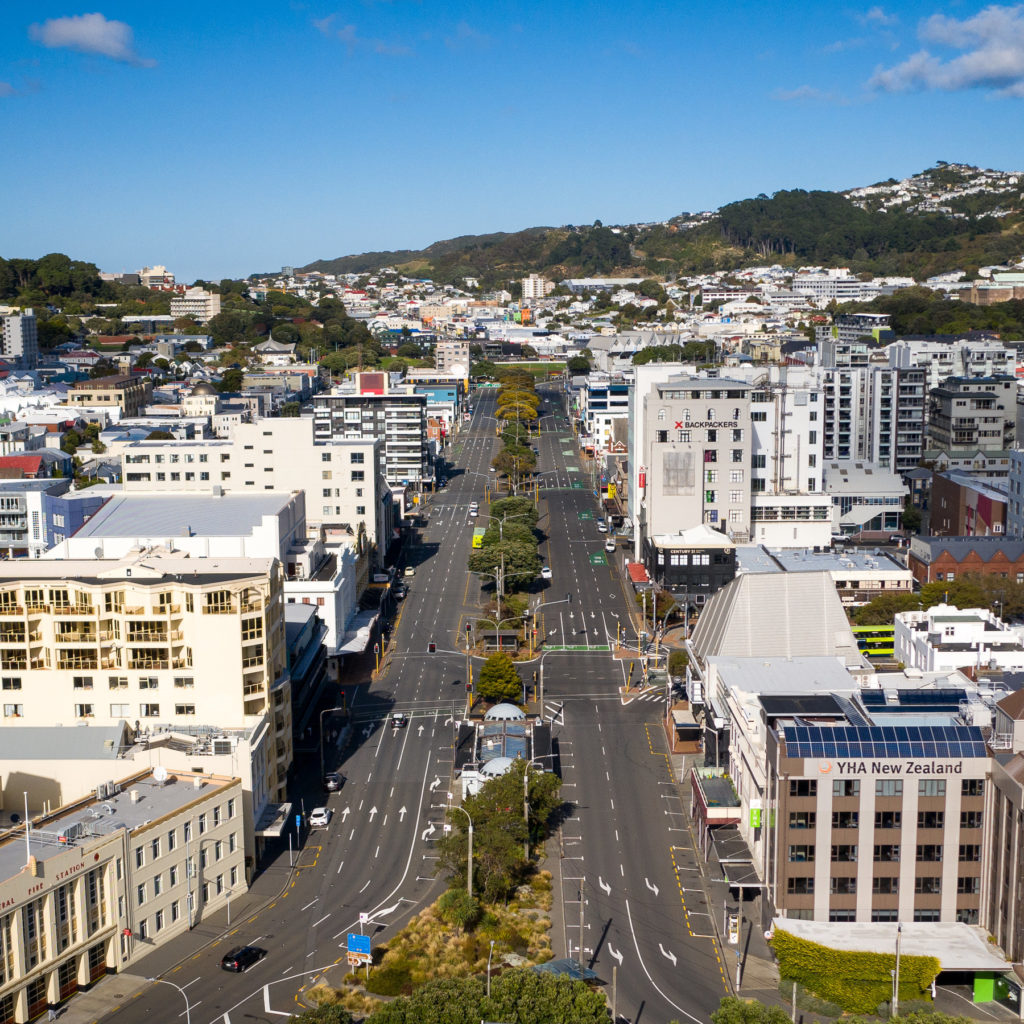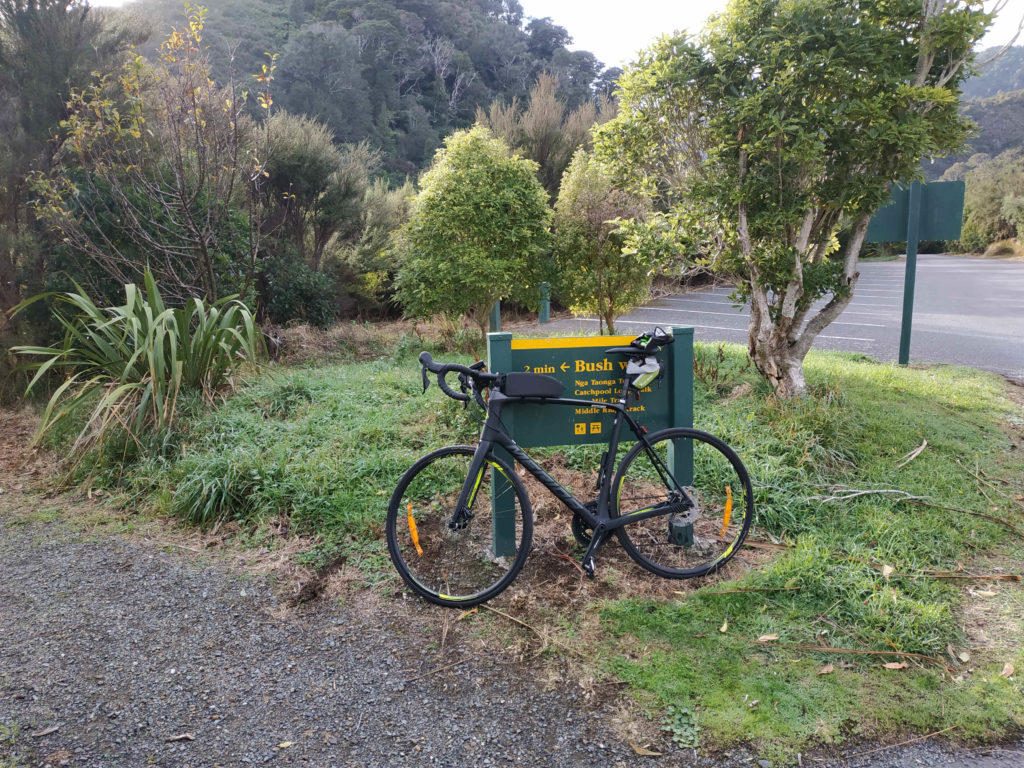By the end of March lockdown had become inevitable. There were multiple clusters of virus from Auckland to Bluff. Our health system was not in a state to cope with large numbers of patients. There were questions about supplies of PPE and reagents and laboratory space for testing. Our public health systems and contact tracing were woefully short of capability.
We knew what lockdown looked like from Wuhan and Northern Italy. The two experiences were quite different. They showed that people could survive and that essential supplies could be maintained. They differed in the degree of control of people’s movements. In Wuhan some residential buildings barricaded all doors leaving only one entry/exit and people had only short times they were allowed out for shopping.
The NZ lockdown was going to be a bit kinder. We were to be allowed out for unlimited local exercise. The definition of “local” was fluid, and some pushed the boundaries (including the Health Minister). Generally people understood the conditions and behaved well. The number of people walking and cycling in cities increased dramatically. DOC closed all tramping tracks, including cancelling my booking for a hut over Easter.

It was quiet. Car traffic dropped away and the air was cleaner. Cycling was more pleasant. ACC claims dropped to 20% of normal and over Easter nobody died on the roads. Overall people were healthier and safer (and some even happier) while locked down.

We discovered who were essential workers. Cleaners and supermarket workers gained in status and some even got paid extra. They were the people that were out risking infection to make sure that the rest of us could survive. Many of us could work from home and were largely unaffected, but a number of people were unable to work. The government became very generous, giving subsidies to companies to pay workers when they had no revenue. There has been some abuse, but overall it has avoided some company collapses and large unemployment. The bill is still to be paid.

Initially the lockdown was set for 4 weeks. Then the tail of some of the clusters kept producing cases and level 4 was extended for a bit. When level 3 started everyone held their breath to see if the number of cases would rise again. Luckily they continued to decline and we soon dropped down through the levels to 2.5, 2 and then 1 about 12 weeks after we had first gone to level 2 in March.

At level 1 we had freedom. The only restrictions were on international travel. Nobody can enter the country without quarantine (managed isolation) for 2 weeks. Professional rugby played in front of crowds in the tens of thousands. The NZSO gave a free concert at the Michael Fowler centre. We were the envy of the world. Toastmasters went back to in-person meetings. We had no active cases in NZ, being one of the largest countries in the world to say that.
But it was a nervous time too, and (perhaps inevitably) it didn’t last. In June we had 2 more cases. People had come from the UK and had been given leave to exit quarantine early to drive from Auckland to Lower Hutt to support their father after their mother died. After arriving at Lower Hutt they tested positive. Everyone was surprised that they were allowed out without testing. A new testing regime was instituted in quarantine. The testing picked up more cases which may have been partly because the countries where people were coming from were getting worse. Luckily the 2 cases didn’t seem to infect anyone else, so we could breathe again.
Complacency kicked in again, and the number of people presenting for testing dropped to very low levels. People didn’t use the app much. The health minister started trying to talk up testing. The evidence around the world was showing that wearing masks had real benefit, and could reduce the need for movement restrictions. Changing the message is always difficult, and the parliamentary opposition started intimating that there was something sinister behind it.
Then on August 11th the first community case was found again in Auckland. The family was tested and 4 were positive. Auckland went back to level 3 and the rest of the country to level 2. It turned out that the first case had left work sick 9 days earlier. It is not clear why they weren’t tested at the time, but complacency probably led to it. By the time they were detected they had infected 2 work places and several people on buses. Members of a church also got infected. Genomic analysis linked all the cases together even when there was no direct link found.
So now we are at level 2 (level 2.5 in Auckland). When will we get back to level 1? Do we have confidence in our health systems to cope with another outbreak? How do we get to where travel is more available? When do we get back to normal? What is “normal” anyway?